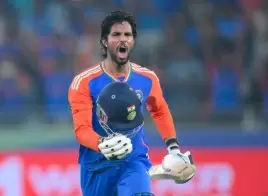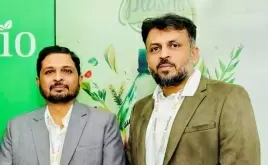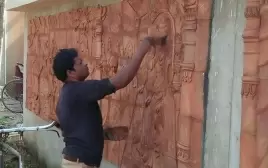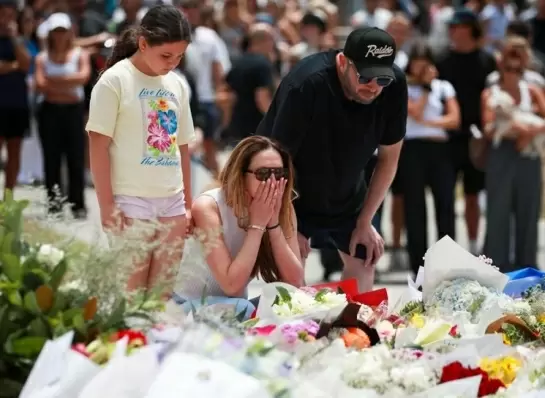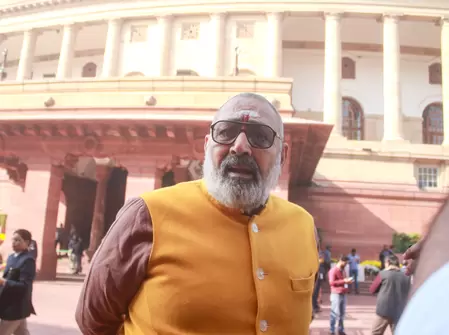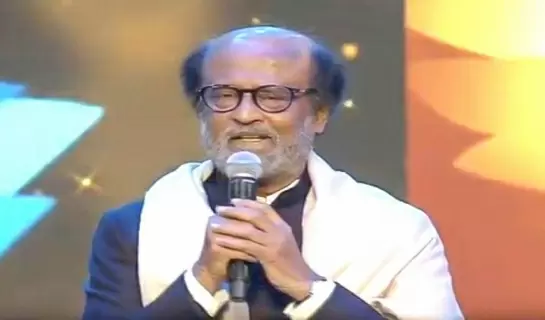Justice Verma Committee report and the road ahead

31-January-2013
Vol 4 | Issue 4
If the gang rape of a 23-year-old student on a Delhi bus on December 16, 2012, led to a sense of both outrage over and despair about the entrenched violence women experience in India, the report of the Justice Verma Committee – emerging exactly five weeks after that incident – came as a heartening glimmer of hope for reform and justice.
The response of women’s activists to the Report was unanimous: It is, potentially, a game-changer and transforms the manner in which the issue has been framed thus far. Human rights lawyer Vrinda Grover puts it this way, “It marks a major paradigm shift in the understanding of violence against women in the country. It is quite rightly termed a women’s bill of rights and roots violence firmly within the framework of inequality.”
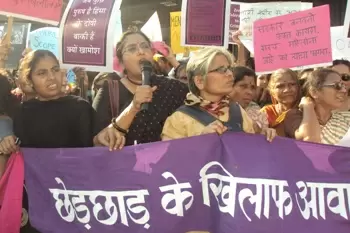 |
|
Women activists see the Verma Committee Report as a game-changer (Photo: Vibhuti Patel)
|
Many of the arguments made in the Report had been voiced by the Indian women’s movement. Both Sudha Sundaraman, General Secretary, All India Democratic Women’s Association (AIDWA), and Suneeta Dhar, director of the women’s resource centre, Jagori, see it as a reflection of the concerted work done over decades.
Observes Sundaraman, “Women across the country have spoken out on this concern. Take just one issue we have fought against – the general refusal of the police to register cases and their overall gender insensitivity, which translates into the low conviction rate. We are, therefore, delighted that the Verma Committee Report lambasts the police for its failure to prevent such violence and makes the non-registration of FIRs (first information reports) a punitive offence.”
Dhar points out how women’s activists have routinely been portrayed in the most negative way – as home-breakers and westernised harridans. “But what we were fighting for all along was really for our constitutional equality – something that has just been reiterated by the Verma Commission,” she says.
She points to the systematic way in which women’s activists, academics and lawyers last year had suggested changes in The Criminal Law Amendment Bill 2012 and made representations to the Justice Verma Committee. Reveals Dhar, “We argued that the everyday violence women faced was part of a continuum, ranging from harassment to aggravated sexual assault and the close attention the Verma Committee paid to the submission we made before it recently was truly heartening.”
The rising graph of crimes against women, perceived internationally as a blot against India, arises out of a culture of impunity and apathy within the system. The Justice Verma Committee Report recognised this when it observed: “While we acknowledge and greatly applaud the concerns of feminists and various persons who have spoken in support of women, we still feel distressed to say that all organs of the State have, in varying degrees, failed to fulfil the promise of equality in favour of women.”
Farah Naqvi, women’s activist and member of the National Advisory Committee, believes that what makes this Report unique is the language it adopts, “It is one of the most progressive reports to emanate from the government system. It sees the crime of rape and sexual assault, not as driven by lust but as part of an exercise of power and control. The spotlight is on masculinity and the social construction of masculinity in India.”
Nothing short of a thorough reform of the criminal justice system has been envisaged in the Report. Not only has it recommended the discontinuation of anachronistic and deeply offensive practices like the two finger test, it has broadened the definition of sexual assault to include hitherto unrecognised crimes like stripping and stalking.
Marital rape – a demand first raised by women activists in the Eighties – is also deemed a crime for the first time. “It was sheer joy to hear Justice Leila Seth reading out that section of the report. It marked a fundamental shift in the recognition of a woman’s right to her bodily integrity,” remarks Grover.
Justice Verma Committee has also voiced the concern that “systematic or isolated sexual violence, in the process of Internal Security duties, is being legitimised by the Armed Forces Special Powers Act, which is in force in large parts of our country” and recommends wide-ranging measures to address this reality.
This stance is of utmost significance given the tragic history of assaults on women by members of the armed forces. No justice has been done in the 1991 Kunan Poshpora incident in Kashmir’s Kupwara district, where 36 women were allegedly gang raped by the 4 Raj Rifles.
It is also difficult to forget the desperate protest that a group of Manipur women staged in 2004 against the alleged rape and murder of Thangjam Manorama by personnel of the Assam Rifles, when they stripped in front of the Kangla Fort in Manipur, holding up a banner that read, ‘Indian Army Rape Us’. As Sundaraman puts it, “Greater accountability from the armed forces has been a long standing demand and we are extremely reassured to learn that the Verma Committee has also taken note of it.”
Precisely because the Justice Verma Committee Report is a path-breaker there is disquiet over its silences. Says Asha Kowtal, General Secretary, All India Dalit Mahila Adhikar Manch, “The Report holds up hope of change so it is disappointing that dalit women again find that they don’t figure in the recommendations. We had hoped crimes against dalit women would figure in the section on aggravated sexual assault. Have we been left out because we are deemed to come under the Scheduled Castes and Tribes (Prevention of Atrocities) Act?”
Naqvi agrees this is a major oversight, “The absence of communal and caste violence as a category of aggravated sexual assault under Section 376, is very troubling.”
Muralidharan, Assistant Convener, National Platform for the Rights of the Disabled, is similarly disappointed to find that sexual assault against physically or mentally disabled women has not been classified as an ‘aggravated sexual assault’, a crime that invites a more rigorous sentence.
There are other concerns, too. According to Grover, the use of the term ‘person’, with reference to the victim of rape, could camouflage the issue of violence against women. She says, “Victims should have been clearly disaggregated into categories of women, men and transgenders. This is important given the specificity and intensity of the violence that visits women. I also find it difficult to understand why the Report has made stalkers gender neutral when all evidence suggests that it is women who are stalked by men in India.”
Even as women activists savour this moment of achievement – some in Delhi even gathered for a celebratory picnic to mark it – they know that the gains spelt out in the Justice Verma Committee Report could prove elusive unless the political system takes ownership of its recommendations and translates them into laws, policies and practices.
Ayesha Kidwai, Associate Professor, Centre for Linguistics, of Delhi’s Jawaharlal Nehru University and a long-time women’s activist, was categorical, “We know that our struggle cannot end with this Report. We will now take it to every political leader in the country and to every party and state government.”
The message from the women’s movement is clear: On this long and tortuous road to a violence free future for women, there can be no turning back. - Women's Feature Service




